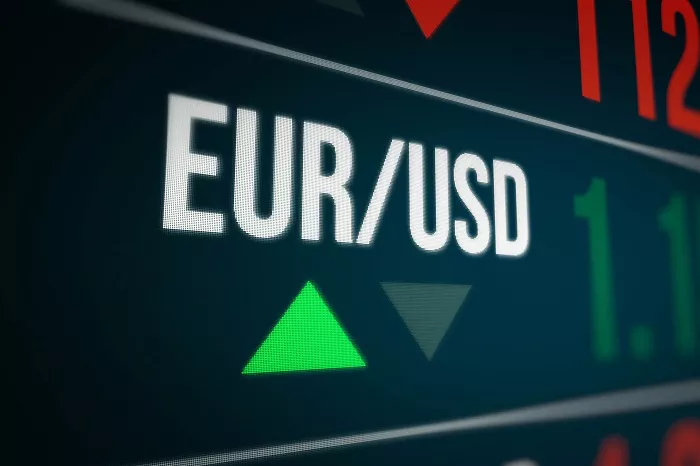The EUR/USD currency pair is trading with a degree of wariness as the no-confidence vote against the French prime minister draws near. The pair has edged lower as investors direct their attention to the political unrest in France.
The European Central Bank’s Holzmann has expressed support for a 25 basis points interest rate cut during the policy meeting scheduled for December 12. This stance on interest rates is also a factor influencing the EUR/USD dynamics.
In addition to the French political developments, investors are also keeping an eye on key economic data from the United States. Specifically, they will be closely watching the US ADP Employment Change and the ISM Services Purchasing Managers’ Index (PMI) data for November, which are set to be released in the North American trading session.
Economists predict that the US private sector added 150K jobs in November, a significant drop from the 233K jobs added in October. For the Services PMI, which measures the activity in the services sector, it is estimated to decline to 55.5 from the previous reading of 56.0, indicating a slowdown in growth. This economic data will have an impact on market expectations regarding the Federal Reserve’s potential interest rate actions in its December 18 monetary policy meeting. According to the CME FedWatch tool, there is a 74% probability that the Fed will lower its key borrowing rates by 25 basis points to 4.25%-4.50%, while there is a 26% chance that rates will remain unchanged.
During Wednesday’s trading session, investors will also be focusing on the Fed’s Beige Book and a speech by Chair Jerome Powell for any new insights into interest rate guidance. A number of Fed officials have recently stated that further interest rate cuts may be appropriate as inflation continues to cool. New York Fed President John Williams, for example, said on Monday that he anticipates it will be suitable to progress towards a more neutral policy setting over time, although he did not specify a target for the Federal Funds Rate and emphasized that the path would be data-dependent.
Prior to the release of the private sector employment and service sector activity data, the US Dollar has shown a relatively subdued trend. The US Dollar Index, which tracks the value of the Greenback against six major currencies, is hovering around 106.30. The outlook for the US Dollar remains somewhat positive, especially after US President-elect Donald Trump threatened to impose 100% tariffs on BRICS countries. Trump’s statement in a social media post over the weekend has added to the market’s perception of the US Dollar’s strength.
The French no-confidence debate is slated to commence at 15:00 GMT, with the voting to follow shortly. Since Marine Le Pen announced on Monday that her party would vote to bring down the government, the outcome now hinges on whether someone from the left-wing parties changes their position. If Prime Minister Barnier fails to win the vote, it could lead to the collapse of the French government, which would likely have a negative impact on the Euro.
The EUR/USD pair has seen a slight gain as the US Dollar dipped. However, the overall outlook for the Euro remains weak, given that ECB officials are in favor of more interest rate cuts. Traders expect the ECB to reduce its key borrowing rates again in the upcoming policy meeting, although there is some divergence in expectations regarding the size of the cut. ECB policymaker and Governor of the Austrian Central Bank Robert Holzmann stated in an interview on Tuesday that based on the current data, a 0.25 percentage point reduction is conceivable, but not more. When asked about the Eurozone’s inflation outlook, Holzmann noted that Trump’s tariffs policies could pose an upside risk to inflation, although the extent of the impact will depend on how the policies are implemented. In contrast, ECB board member Piero Cipollone said on Tuesday that US tariffs would weaken the economy, leading to lower consumption and thus reduced pressure on prices.
In Wednesday’s European trading session, the EUR/USD pair is trading within a narrow range near 1.0500. The outlook for the major currency pair is bearish, as all short-to-long-term exponential moving averages (EMAs) are trending downwards. The 14-day Relative Strength Index (RSI) is close to 40.00, suggesting that the bearish momentum has waned but not disappeared entirely. Looking at support levels, the November 22 low of 1.0330 will be a crucial level for Euro bulls to defend. On the upside, the 50-day EMA near 1.0750 will act as a significant barrier for the Euro bulls.
Related topics:
U.S. Expands Export Controls on Chinese Tech Firms, Targeting Semiconductor Production
Bitcoin Consolidates as Ethereum and Ripple Extend Gains Amid Altcoin Shift
Gold Prices Slip Amid USD Strength, Market Awaits Key U.S. Data


